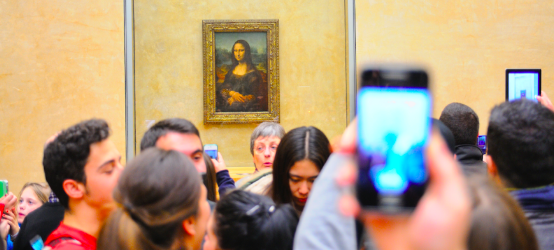Data suggest that some types of cultural organizations are perceived as more welcoming than others. Here’s how we could do better.
With missions to educate and inspire audiences, many visitor-serving organizations (e.g. museums, zoos, aquariums, theaters, symphonies, etc.) aim to serve low-income audiences in addition to their high-propensity visitors. So, just how good of a job are organizations doing when it comes to engaging lower-income audiences, and how can we make it even better? Attitude affinities are a way of quantifying how the market perceives an organization in terms of its hospitableness and attitudes towards certain types of visitors....Sign in to KYOB+
Not a member yet?
Never miss the latest read on industry data and analysis.





